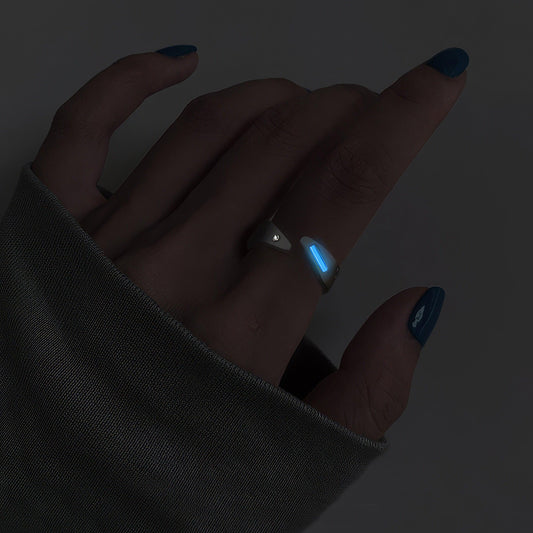The Modern Alchemy of Lab-Grown Diamonds
The Modern Alchemy of Lab-Grown Diamonds
The first time I heard about lab-grown diamonds, I was skeptical and maybe a bit nostalgic for the image of adventurous gem hunters in faraway places. But as it turns out, the process of creating diamonds in a lab is almost as fascinating as the natural formation, yet much more controlled and precise. Imagine a world where you can grow diamonds as you would a prized orchid, with nurture and patience—a thought that is both strange and splendid.
The process of growing diamonds in a lab usually begins with a tiny fragment of carbon known as a diamond seed. There are two primary methods used in the lab-grown diamond industry: High Pressure High Temperature (HPHT) and Chemical Vapor Deposition (CVD). HPHT mimics the natural heat and pressure conditions found 100 miles below Earth's surface. Essentially, the seed is placed in a press, subjected to temperatures over 2,000 degrees Fahrenheit, and squeezed until carbon atoms begin to bond around it, layer by layer, forming a crystal.
CVD, on the other hand, seems like an excerpt from a science-fiction novel. Instead of pressure, this process relies on heat and gas. The seed is placed in a chamber filled with carbon-rich gas, which is then heated to form a plasma. The carbon atoms precipitate onto the seed, building upon it atomically and growing into a diamond. It's an elegant dance of physics and chemistry, and for someone as unscientific as myself, almost magical.
Lab-grown diamonds are more than just a marvel of modern technology; they also address some ethical and environmental issues associated with traditional mining. There's a growing awareness around the ecological footprint left by mining activities and the socio-economic impact in regions where natural diamonds are sourced. Lab-grown diamonds, without the need for invasive mining, provide a more sustainable and conflict-free alternative. As I think about it, there's something quite powerful about having the ability to choose beauty that also aligns with one's values.
The realm of synthetic diamonds isn't without its critics, of course. There are purists who argue that nothing can replace the authenticity and timelessness of a natural diamond. And while I respect the nostalgia and sentiment rooted deep in history, I can't help but be impressed by how human ingenuity allows us to mirror nature to such a degree. Last year, my friend Sarah even opted for a lab-grown diamond engagement ring, a decision that sparked delightful debates—over dinner and wine—about modern love and innovation.
In the end, whether it's the lush green of an emerald or the icy clarity of a diamond, the stories we tell about their origins and significance add to their allure. Lab-grown diamonds, born from both science and a desire for sustainability, have their own tale to tell, one I find irresistibly compelling. As I watch the world embrace change, I feel a renewed curiosity about how we'll continue to blend technology with tradition in the years to come.



























